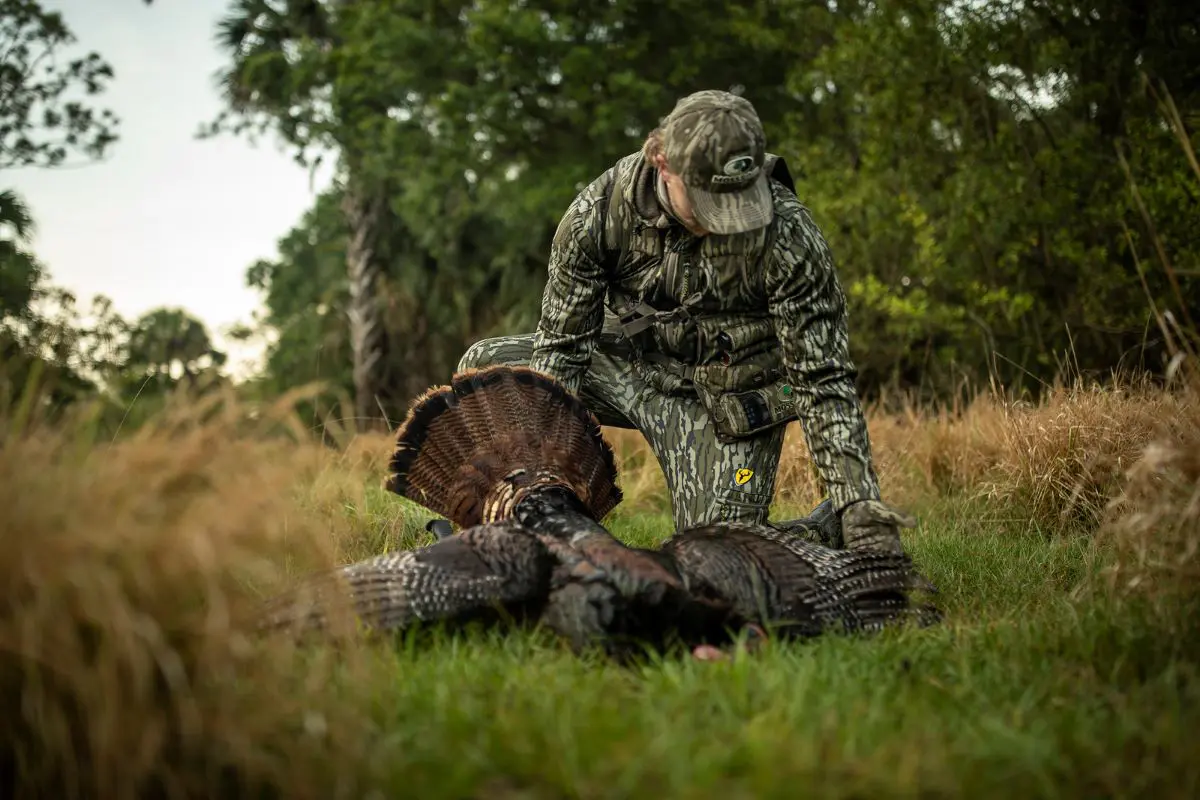Spring turkey seasons occur nationwide from early March to late May. Like deer hunters who consider November the peak month for activity, turkey hunters view April as the optimal month for turkey hunting. As the spring season begins in many states, gobblers actively seek hens. Whether you’re an experienced turkey hunter or a beginner, success requires a blend of scouting, strategy, calling, and patience to adapt to the numerous changes that April is known for bringing.
As I approach thirty years of turkey hunting, I have witnessed many scenarios while pursuing turkeys in April. Some of my most memorable hunts have been in the snow, as well as on days when the temperature neared eighty degrees. I watched one farm in my home state of Missouri transform from dead, winter-like grass to waist-high grass by the end of a three-week season. These changes require hunters to prepare and adjust to ensure they can still successfully harvest a spring gobbler.
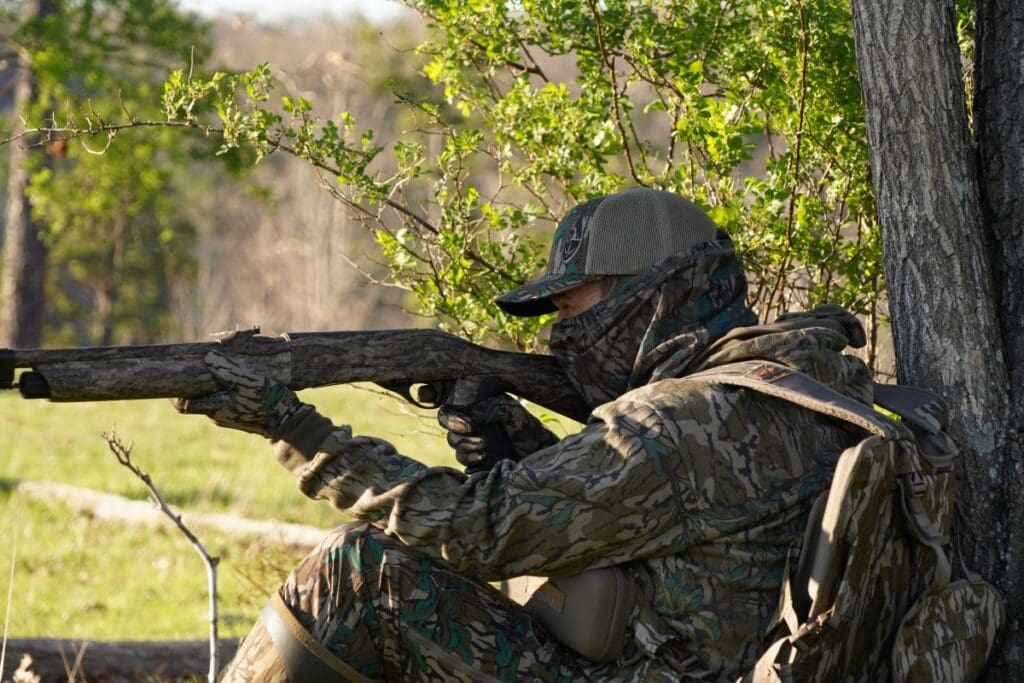
Scouting: Know Your Birds
Before the season opens, scouting is crucial. You need to find where turkeys are roosting, feeding, and strutting. From my early teens, shortly after earning my driver’s license, to now in my early forties, listening for gobblers at daybreak has remained one of my favorite early April traditions. During the weeks leading up to the season, head to potential hunting spots early in the morning, typically at a high elevation point, and just listen. Gobblers on the roost will start the day by gobbling many times to let hens and other toms know their location. This is a great time to sit back with a hot cup of coffee and soak in the beautiful sounds of spring while making mental notes of where turkeys are roosting and how many toms are in the area.
Another effective way to scout before the season is to glass open fields with a good pair of binoculars to observe birds feeding in open areas. By watching birds from a distance, you avoid spooking them while still being able to note their travel patterns for future reference when the season begins.
Midday is a good time to check for signs by getting outside and looking for tracks, droppings, dusting areas, and scratched leaves in hardwoods or along field edges. In addition to finding potentially good hunting areas, many modern-day hunters also use GPS hunting apps and trail cameras to fine-tune their scouting efforts. Hunters can deploy cameras along logging roads, food plots, or near roosting sites to track movement patterns, mark them on their app, and refer back when it’s time to hunt.

Choosing the Right Setup
Once the best locations to hunt have been found and scouted, the next step is choosing the right hunting setup. Turkeys have sharp eyesight and can be unpredictable, so setting up in the right location is key. April is typically the peak breeding time for turkeys, so your setups should revolve around where they will be at first light and where they most likely will travel when seeking hens to breed throughout the day. The three top areas include roosting areas, fields, and strut zones.
- Roosting Areas: If you can identify where a tom is roosting, position yourself 75-100 yards away before daylight to intercept him as he flies down.
- Field Edges: If birds regularly feed in a field, set up along the tree line where they enter and exit. Fields can be excellent locations early in the morning and later in the day before they head back to roosting areas at dusk.
- Strut Zones: Mature gobblers will return to open areas to display to hens. These areas can include logging roads, pastures, or ridges. Strut zones are usually most active during mid-morning.
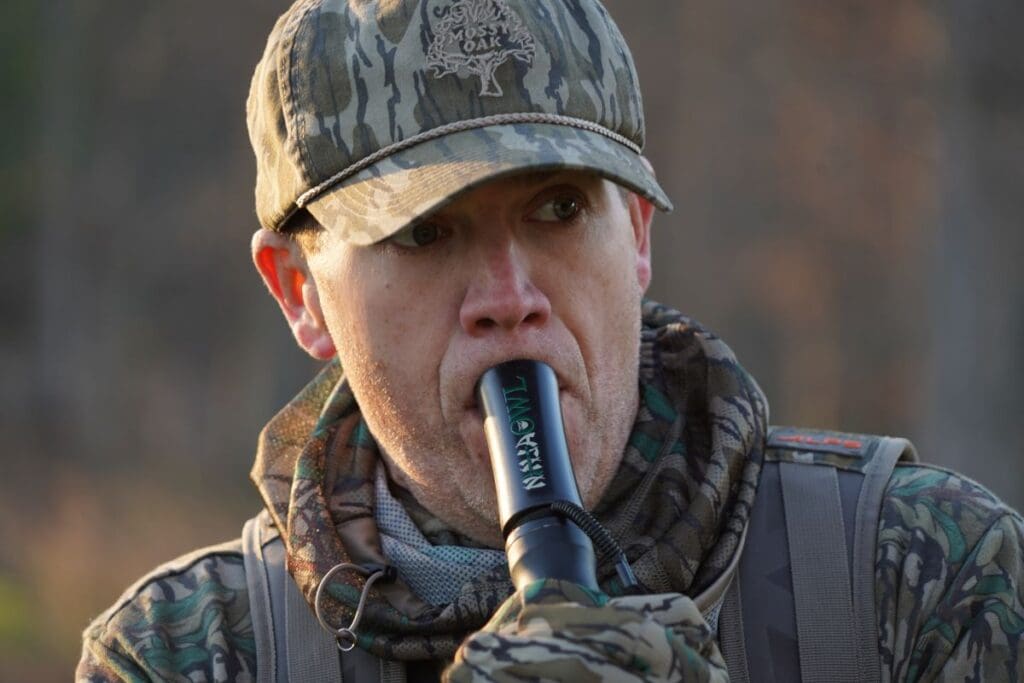
Mastering Turkey Calls
Location and woodsmanship are the most crucial parts of turkey hunting. Next on the list is calling, which involves determining what sounds to use and how often to make them. Calling is an important skill, but overcalling can ruin a hunt. It is vital to use different calls to match the turkey’s mood.
- Locator Calls: At the beginning of the day, use an owl hooter or crow call before daylight to shock a tom into gobbling and reveal his position.
- Tree Yelps & Soft Clucks: Before sunrise, the first call many hunters should make is to imitate soft tree yelps, mimicking a hen that is just waking up. Follow this with a few soft clucks. Like humans, we don’t start the day with screams and shouts; instead, we gradually wake up using softer tones and low-key vocabulary. The same applies to turkeys.
- Excited Yelping & Cutting: A hunter can use more excited calling as the morning progresses. If a tom is gobbling aggressively but not closing the distance, ramp up your calling to challenge him. Another time to ramp up your calling is when calling an actual hen. Mimic the same sounds to challenge her and see which of you the tom approaches first.
- Shut Up & Wait: Stop calling if a tom is gobbling and moving your way. Many hunters ruin a hunt by calling too much or at unnecessary times. The more you call, the greater the chance of a real hen intercepting the tom, which increases the likelihood of the tom pinpointing your location. Instead, stay quiet, build his curiosity, and let him come.
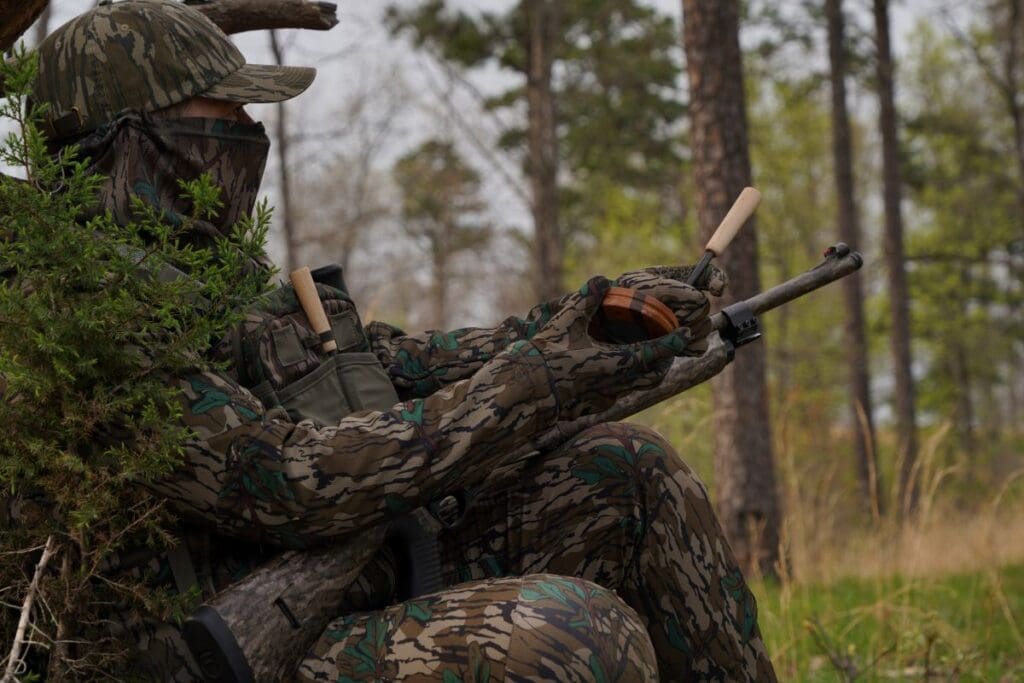
Decoy Strategies for April Turkeys
Decoys can be highly effective in April, but their use depends on turkey behavior, which can change frequently throughout the month. In the early season, when hunting dominant toms, use a jake decoy with a feeding or upright hen to trigger a dominant gobbler’s territorial instincts. This typically works well earlier in the season when the pecking order for dominance is still at its peak. In mid-April, toms often become henned-up. At this time, they stop worrying as much about other jakes and toms and shift their focus solely on hens and breeding. A single hen decoy may convince a tom to break away from real hens. As the month nears its end, gobbler or Jake decoys can sometimes spook other toms who have been whipped up on or scared away one too many times. Instead, stick to one feeding hen that imitates low pressure and keeps everything calm.
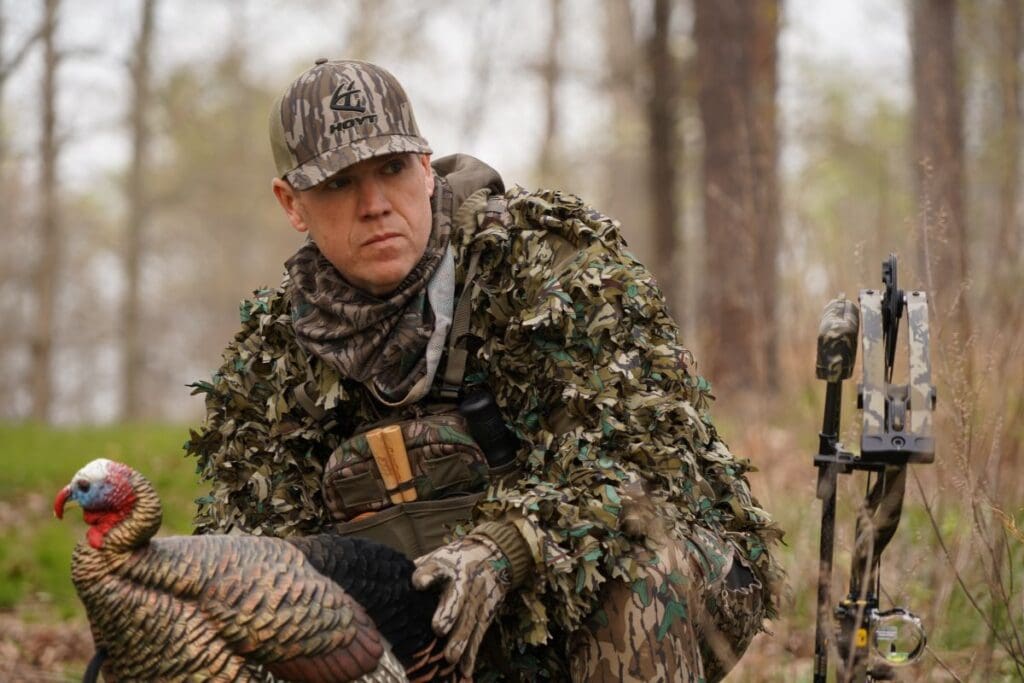
Patience & Adaptation
Turkeys don’t always behave as expected. With the pressures of breeding and competing against other toms, hunters often encounter April gobblers that won’t respond to calls. Sometimes, a hunter must make a move. If a tom hangs up out of range, circle ahead and use the terrain to remain hidden. Start over as if you had never hunted him before. Securing the proper ground, where the tom desires to travel, is often the most important step in sealing the deal on a harvest. If you prefer not to move, playing hard to get can sometimes make a tom curious enough to close the distance. This is when going silent for a while can change a tom’s mood, prompting him to seek you out to rekindle interest. If remaining silent doesn’t work, another option is to switch calls. Just as a bass fisherman switches lure colors or types of bait to entice fish, the same strategy can apply by switching calls for a gobbler. If a gobbler isn’t responding, try a different call (mouth call, box call, or slate call) to alter the tone and trick him into thinking a new girl is in town.

Killing a turkey in April requires scouting, strategic setup, effective calling, and patience. Each gobbler is unique, so be prepared to adapt your tactics depending on their responses. Stay persistent, and when the opportunity arises, you only need to make the shot.

